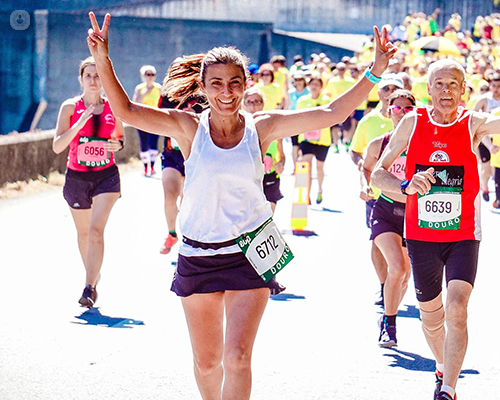How long does a knee replacement last?
Autore:People often ask consultant orthopaedic surgeon Mr Paul Trikha how long a total knee replacement lasts and his response remains the same: “it depends on a number of factors: the surgeon, implant, patient and rehabilitation”.
There's some new evidence to support that knee replacements will last 20 years or more if put in properly and looked after. Here, Mr Trikha explains more.

How long does the replacement last?
Obviously, if a patient returns to higher impact sports such as tennis and running, they are more likely to wear out their knee earlier. Having a revision knee replacement where, for example, a net prosthetic knee replacement is replaced comes with significant risk. The success rate for a revision knee replacement is much lower and you're much less likely to continue to be very active after a revision knee replacement.
We try and provide one knee replacement at a time that’s appropriate and the patient has to look after their new knee and hopefully, we can get away with them only requiring one knee replacement for life.
Does a knee replacement feel strange? Do you get used to it?
Knee replacements don't suit everyone. The vast majority of patients (over 80 per cent) do very well. Their pain scores much better. The knee replacement still feels like an artificial joint and it doesn't feel normal.
Ten per cent of patients, however, are very lucky and everything goes well and they feel like their knee joint is normal. It feels normal going up and down the stairs. They can play sports within the knee and it feels like it is part of their body and part of their normal anatomy.
The vast majority of patients, however, don't feel that normal, but still, significantly improve afternoon placement surgery when the arthritis is severe.
What happens after surgery?
After a knee replacement, it takes time to rehabilitate and recover. The first six weeks are about a lot of extensive exercise and rehabilitation and the pain will settle down quite quickly.
With time, after about six months and even up to about 14 months, the pain continues to improve and the range of movement continues to improve as you exercise. At this point, walking distances increase, you become a lot more used to the new knee and you find you can do things that you couldn't do before the knee replacement.


